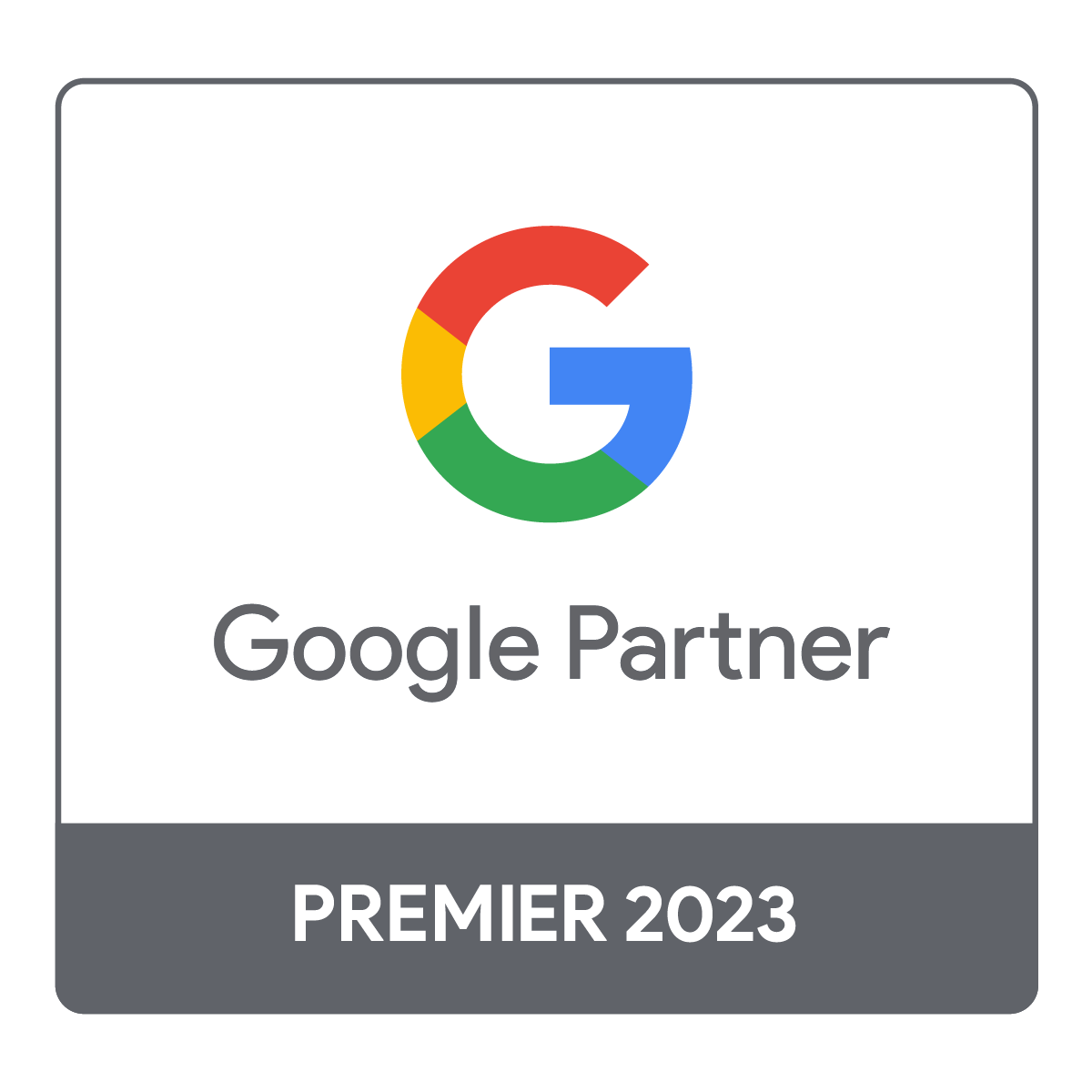Influencer Marketing in the Metaverse (What It Might Look Like…)
Did you know over 89% of brands say that influencer marketing gives the same (or better) ROI when compared to alternative marketing strategies?
It’s true! Influencer marketing is one of the most cost-effective ways to get your products or services in front of an audience, and therefore it is one of the best ways to quickly grow brand awareness and drive sales.
But the metaverse and Web3 are coming in fast, which means the influencer marketing industry could be looking at some pretty big changes.
How will influencer marketing change in the metaverse? Will Web3 be the death of KOLs? And how can your brand leverage influencer marketing and get ahead of your competitors in this new era of the internet?
This article about influencer marketing in the metaverse will answer all of your questions and more…
Table of contents
- What is the metaverse?
- What is the current state of influencer marketing?
- What are some immersive brand collaborations in the metaverse?
- Want some examples of metaverse influencer marketing?
- Are there current examples of influencer marketing in the metaverse?
- What is the role of NFTs in immersive experiences?
- FAQs
- Final thoughts
What is the metaverse?
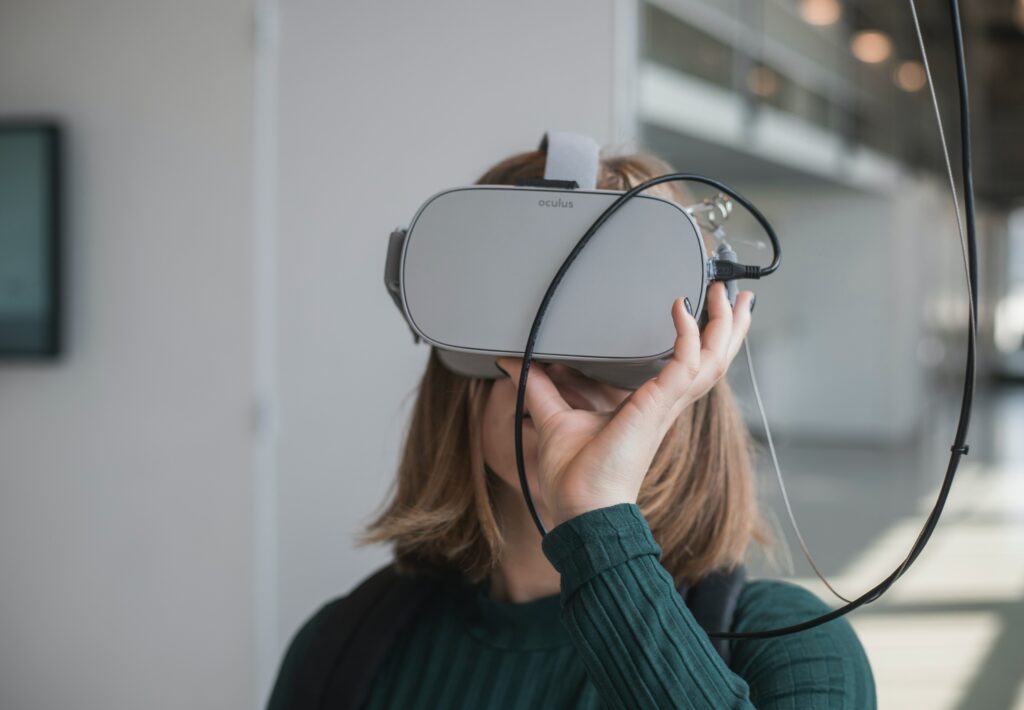
The metaverse is still in its infancy; think of it like the internet in the early 80s.
Because of this, we have no idea what the metaverse is going to be like, or what it will evolve into.
But having said that, some events and trends have emerged over the past few years, giving us an idea of what this new digital frontier might look like.
Simply defined, the metaverse will likely be a highly immersive virtual world where people socialize, play, and work.
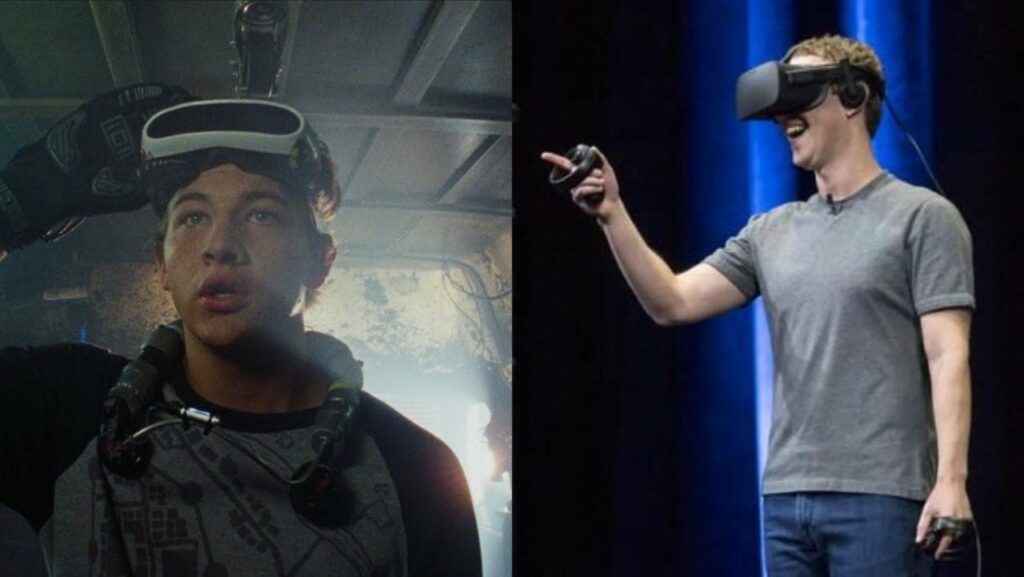
This could be done through VR (think Ready Player One), or AR, like what Facebook and Snapchat have been working on. Or, even more likely, it will end up being some sort of fusion of the two.
And as this new technology develops, the metaverse will give content creators and brands unprecedented new ways to connect with their audiences and communities.
For a deeper dive, check out our complete breakdowns of the metaverse and Web3.
What is the current state of influencer marketing?
Influencer marketing is expected to be a $15 billion industry by the end of 2022 – up from $13.8 billion in 2021.
But while it’s one of the most cost-effective ways to market your products or services, the influencer-marketing formula can be fairly repetitive.

It usually goes something like this…
1 – A brand reaches out to an influencer and hires them.
2 – The influencer publishes content that promotes the brand’s products or services.
3 – The ad gains impressions, which will hopefully lead to sales.
Pretty basic, right?
And while this formula is certainly working in the now, it’s getting a bit predictable, as the relationship is limited by the boundaries of Web2.
But imagine if those boundaries were lifted.
Imagine if the metaverse becomes a completely immersive digital experience.
If that is the case, influencer marketing will look very different in the metaverse and will have infinitely more potential.
This potential will most likely be realized through something called immersive brand collaborations.
What are some immersive brand collaborations in the metaverse?
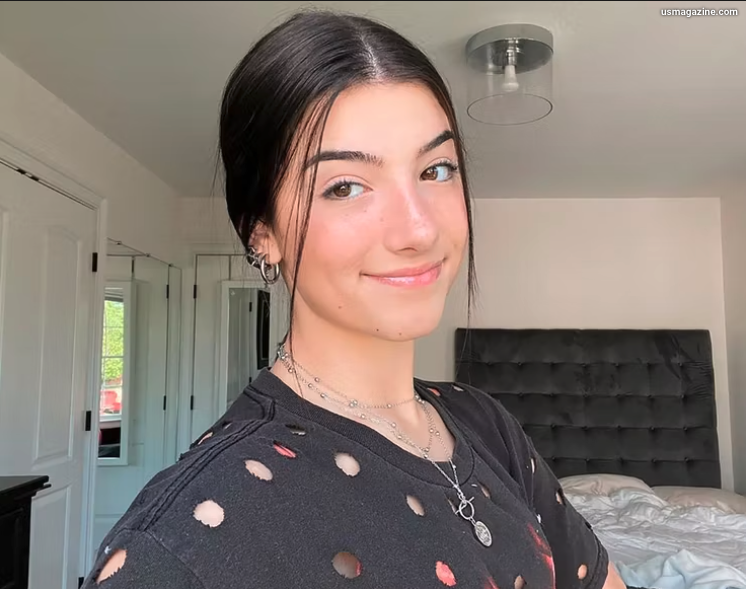
The biggest way the metaverse will impact influencer marketing is through immersive digital experiences and brand collaborations.
By ‘immersive’, we mean that you will have the ability to be present at the event – albeit digitally.
Why does this open up so many opportunities?
Because as mentioned, the current way that influencers engage with brands can be quite predictable. The influencer usually just publishes some content in partnership with the brand they are collaborating with. While this type of strategy can lead to decent engagement… there’s no real experience being offered. At the end of the day, collaboration posts like this are basically the same thing as a traditional ad.

But in contrast, in the metaverse, influencers will be able to collaborate with brands and create fully immersive 3D experiences.
Want some examples of metaverse influencer marketing?
Here’s a hypothetical example of what influencer marketing could look like in the metaverse.
Imagine you run a hotel, and you’ve found an established travel vlogger that you want to work with. You’ve done your research, and discovered there is a significant overlap between your hotel’s target audience and the community that the travel vlogger has built.
So, instead of going the traditional route and hiring this influencer to publish a few sponsored posts on their Instagram, you could help create a digital experience together with the influencer. The influencer could then announce to their community that they were holding a digital ‘party’ that was being at your hotel (but obviously, in the metaverse version of your hotel).

People who attended the party would have the opportunity to digitally meet the influencer they follow, as well as network with other people in the community who have shared interests.
Experience and community in the metaverse
Your hotel could then hold promotions to make the event as interesting (and memorable) as possible. There could be fun games, photo booths, raffles, and a few hotel-package giveaways.
Therefore, your hotel’s immersive digital event has accomplished two things.
- It has allowed the influencer to engage with their audience in a new, fun, and memorable way. Plus the influencer can be compensated for their time.
- It allowed your hotel to ‘digitally’ show off your hotel, and create new powerful relationships of your own.
And this isn’t just something that will benefit hotels – it will work for any industry.
That’s because the real power of digital events in the metaverse is experience and community.
Just like there are conferences held around the world for every industry in the world, so can there be metaverse events.
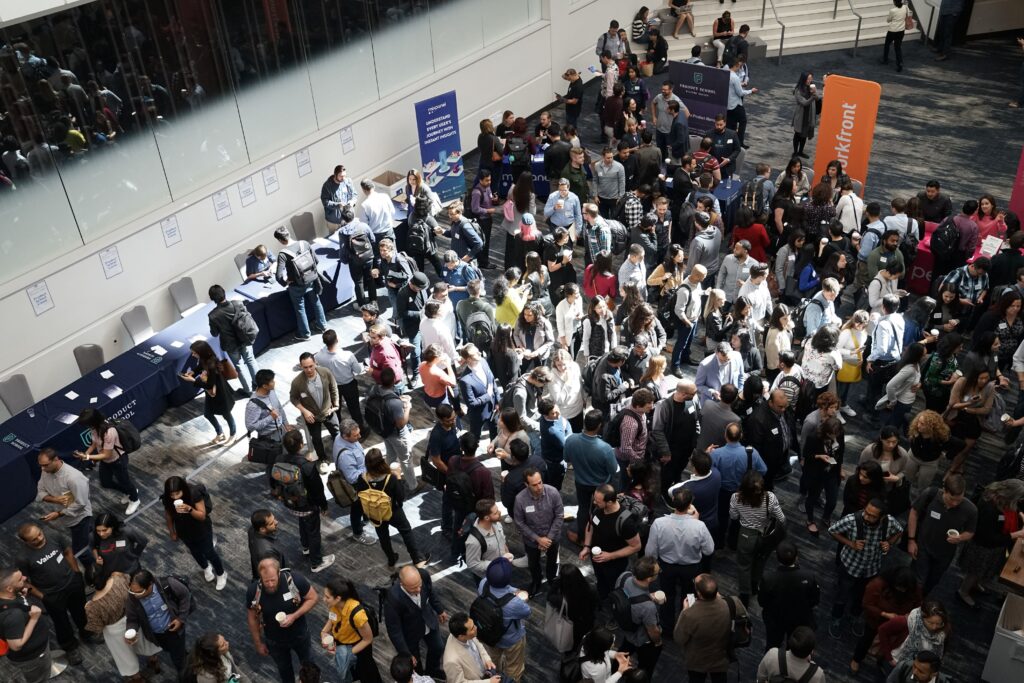
But as opposed to traditional conferences (which are limited by physical location) or web2 live events (where engagement still feels very cold and distant), immersive experiences in the metaverse have the potential to be significantly more powerful and allow people to connect in new and exciting ways.
Are there current examples of influencer marketing in the metaverse?
Yes, for sure! Although this concept might be difficult to envision, the truth is that digital events like these have been happening for some time now.
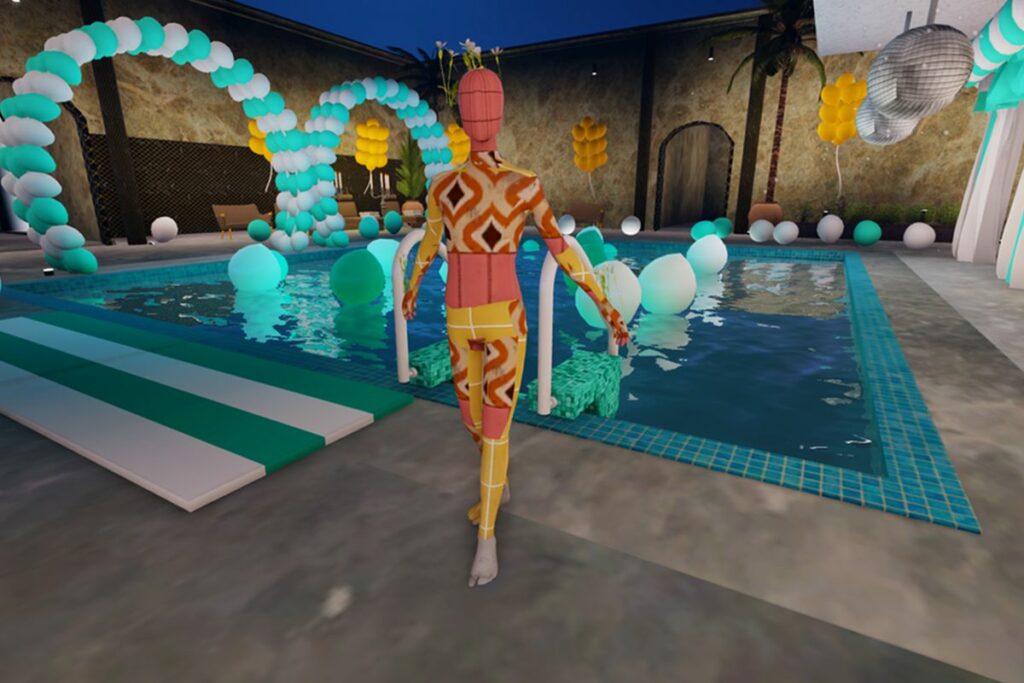
For example, in 2021, Gucci partnered with Roblox (a 3D software company) for an immersive experience for the launch of the Gucci Garden. The developer of the experience says that over 4.5 million limited edition digital items were ‘won’ at the event.
Also, in the summer of 2021, Warner Bros. Pictures promoted the release of a new film via a virtual party. This event was also held in partnership with Roblox, and people around the globe joined the event to dance, sing, and learn more about Latin American culture.
And this is only the tip of the iceberg. Nike, Disney, Samsung, and other billion-dollar brands are all beginning to invest heavily into metaverse experiences, trying to stay ahead and one-up their competitors.
Ultimately, the metaverse will allow influencers to engage with their audiences in ways like never before. We are talking about real relationships, real interactions, and real (albeit, digital) experiences.
What is the role of NFTs in immersive experiences?
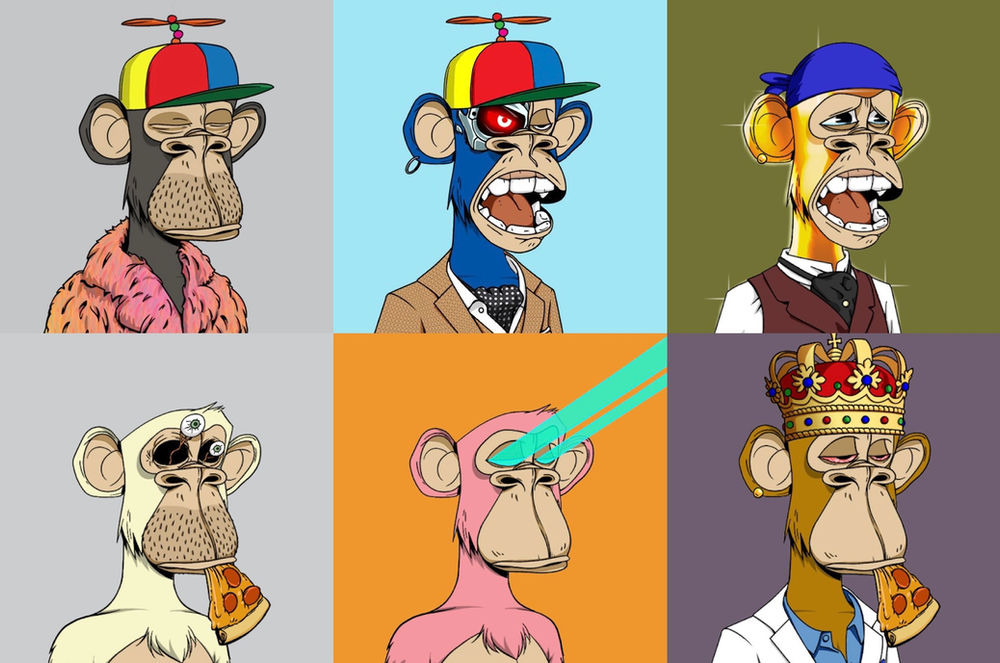
While the exact relationship between NFTs and the metaverse is yet to be determined, the truth of the matter is that the two are going to be inextricable – especially when it comes to digital events.
This is because of the smart contracts associated with NFTs.
Brands/influencers will be able to mint and sell NFTs that are not only digital collector’s items, but also act as the ticket for the event.
Simply put, if you have the NFT – you can get into the event! If you don’t own the NFT, then you don’t get admission.
Using NFTs like this will also give influencers the ability to monetize their audience in new ways. Also, it can give communities the ability to grow, and engage with each other like never before.
FAQs
Who is the most popular person in the metaverse?
Lil Miquela is the most well-known virtual influencer. She made her Instagram debut in April 2016 and currently has millions of followers. Miquela is shown as a 19-year-old woman who, maybe because she is digital, will never age.
How many people visit the metaverse?
It will reportedly be used by 64M Americans this year and 65.9M in 2023, according to sources. Every month in 2021, almost 58.9M people, or 17.7 percent of the US population, entered the metaverse.
Is Roblox a metaverse?
Yes, it is! Roblox has a wide selection of games on its platform that provide virtual worlds (the metaverse).
Final thoughts
We are still at the beginning of the convergence of these new and exciting technologies. However, we are already beginning to see the groundwork laid out.
Influencers have people’s attention – therefore, influencer marketing is not going away any time soon.
As long as influencers continue to influence, and technology continues to develop, we are going to see a whole new world of exciting concepts like this emerging in the marketing space.
Is your brand is considering advancing into the metaverse? Do you want to create an NFT of your own? Then be sure to contact one of First Page’s Digital Strategists today. You can also review our NFT marketing services too.




